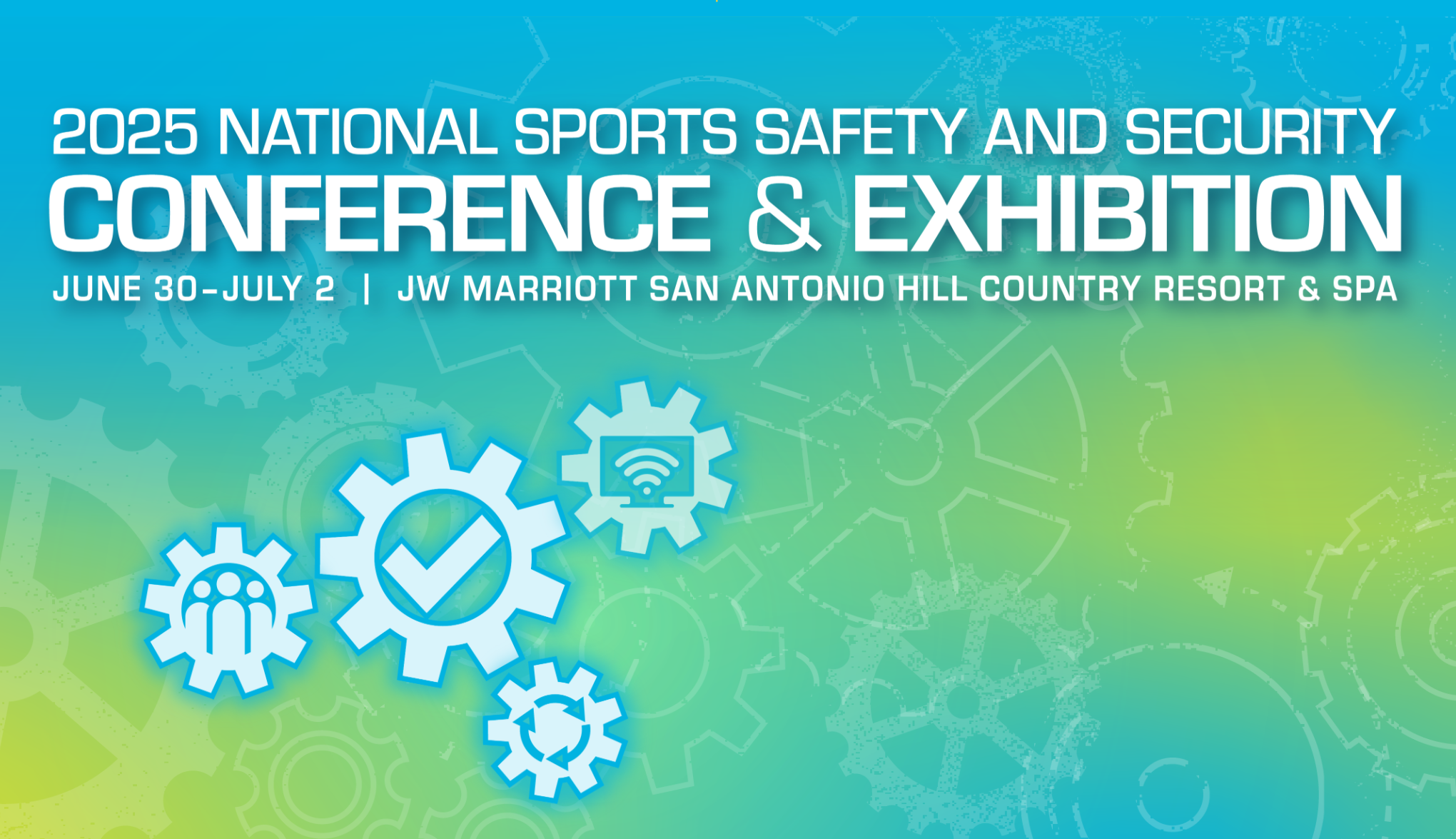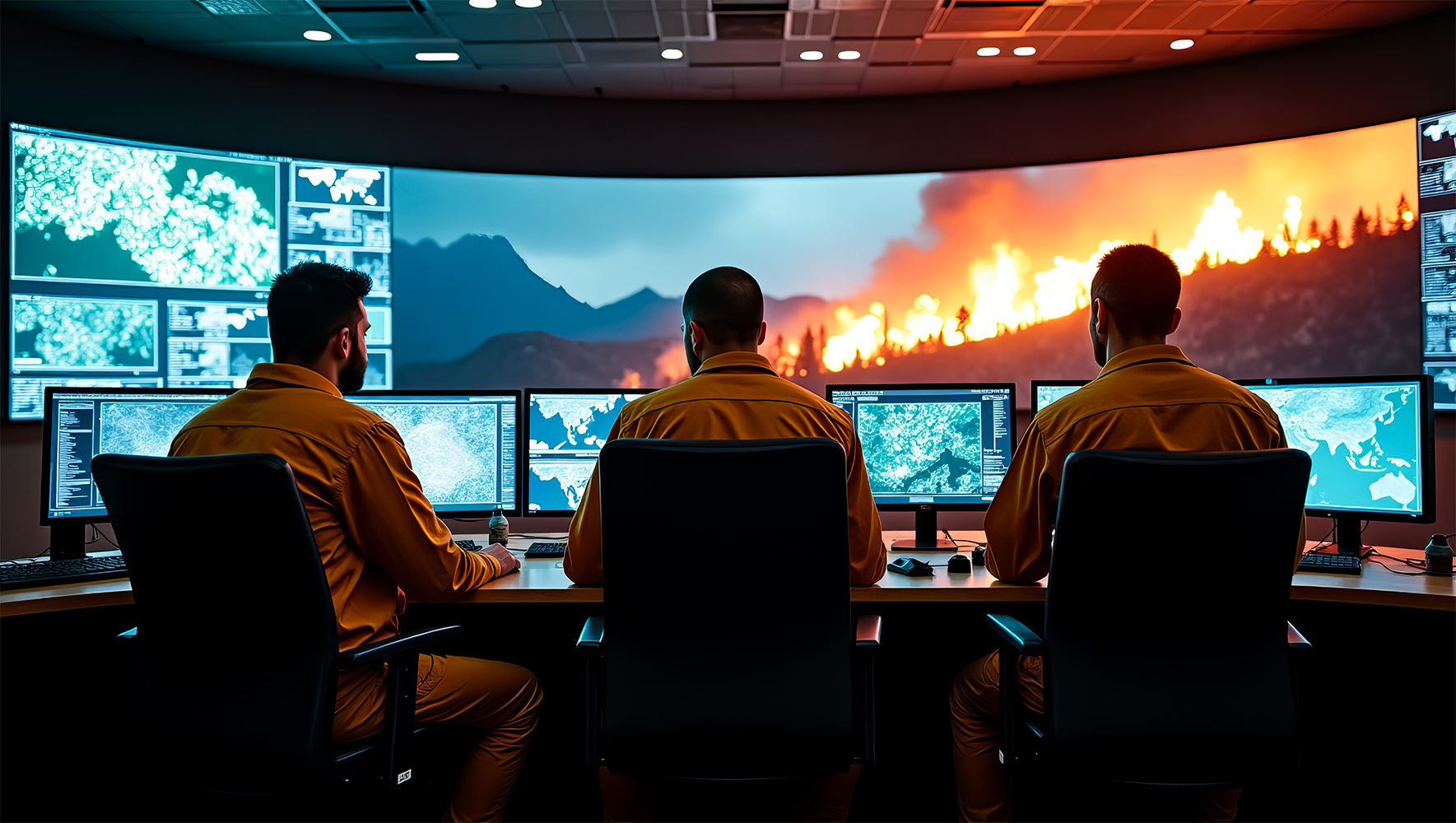Emergency managers we surveyed last year overwhelmingly responded that communications was the number one area for improvement in their organization’s critical incident response.
That was in late 2019, only a few months before the COVID-19 pandemic brought everything to a grinding halt, with nearly three months of isolation and social distancing, and most organizations continuing any operations from remote workspaces and on video conferencing platforms.
Even as many businesses and organizations are now beginning to reopen, improved communications and collaboration processes will continue to be a priority and one of the keys to successful operations in the wake of COVID-19.
The truth is, effective communications has never been more critical, and that’s saying something, considering it’s always been critical part of emergency management planning and response.
Here are 5 ways you can make your communications more effective as you navigate the reopening process:
- Revisit emergency communications plans
Obviously, the COVID-19 pandemic has changed crisis preparedness and response substantially. In terms of communication, it has changed many things, including what information needs to be communicated, who it needs to be communicated to, and with what frequency.
As you reassess your crisis communications plan, be sure to identify everyone who will be part of the crisis communications team – there may be new contacts or positions that weren’t included before COVID-19. Also, identify the specific platform to be used to distribute information.
Review and update all contact lists. Identify everyone that you will need to communicate with in a crisis, including local, state, and federal emergency and public health agencies; employees, customers, suppliers, etc.; company or organization leadership or executives.
- Centralize data, information, and communications
A central system for storing and sharing accurate, up-to-date information, and that enhances collaboration, helps avoid confusion and complications with leadership teams, employees, business partners, and suppliers who may be spread out across numerous locations.
Organizations communicate more efficiently with centralized operations, where everyone has access to the same critical information at the same time. The right emergency management platform connects all the players and stakeholders across arbitrary borders or other hindrances.
In this type of collaborative platform, forms, reports, and information entered into the system can be visualized in maps and dashboards summarizing key information and metrics. Users can update information on important tasks that need to be completed, they can log incidents and events, and coordinate teams while working together in group or one-on-one chats – collaborating on important matters in real time.
- Be prepared to communicate to protect business reputation
Businesses and organizations should also be prepared to communicate information that helps regain the trust of employees and customers.
Company and brand reputation depend on good communication, and employees, customers, and business partners all should be aware of actions the business is taking to protect health and safety, and they also benefit from and appreciate tips or guidelines about things they can do to stay safe. Also, be sure to plan for how to communicate to the traditional media or on social media about reopening processes or any incidents that might arise during reopening. Proactive communications providing information about activities or incident can have a positive impact.
An emergency management platform centralizes information and allows team members to collaborate with public information officer or other person responsible for distributing company information. Having all the data and pertinent information in one location helps ensure effective and accurate communication.
- Keep the lines of communication open
Companies and organizations should also maintain an open line of contact and collaboration with public health agencies, local and state government and other government and emergency management stakeholders throughout the reopening process. Information can change frequently, and requirements vary by state or region, so your reopening team should monitor information on a regular basis to ensure facilities are meeting these requirements based on location.
- Use a dedicated, pandemic-specific return-to-work solution
Complete situational awareness, tracking, and reporting capabilities, along with effective communications and collaboration tools, are crucial to help control the spread of COVID-19, to protect health and safety.
To help businesses and organizations safely reopen and return to normal operations, Juvare developed WebEOC Workplace and WebEOC Campus, which combine Juvare’s deep expertise in emergency preparedness and response solutions and pandemic-specific workflows such as contact tracing and case management.
To learn more about these solutions can help your business, click here to request a demo of WebEOC Workplace or WebEOC Campus – or contact us today!

















